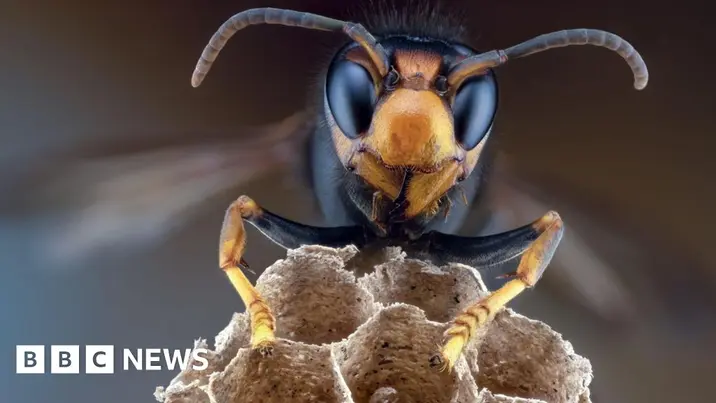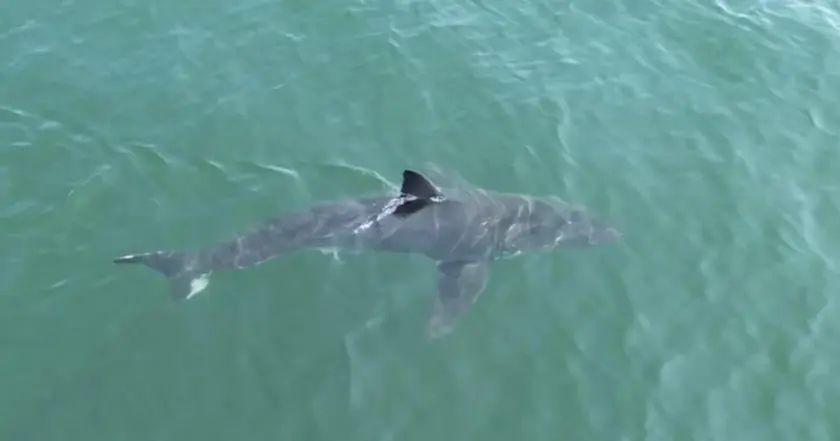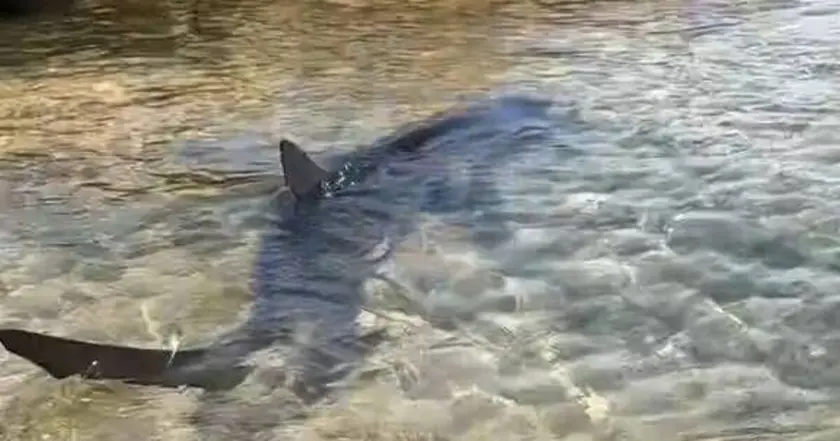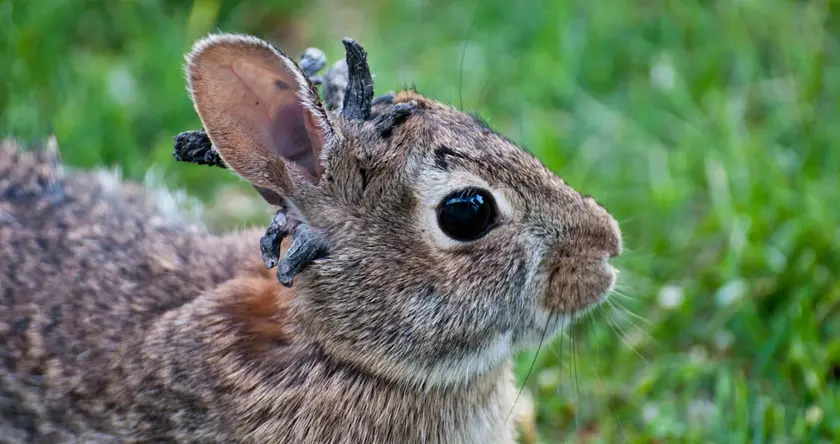T4K3.news
Biosecurity alert in Cork after hornet sighting
A yellow legged Asian hornet was captured in Cork, prompting a government taskforce to monitor for further sightings.

A yellow-legged Asian hornet sighting in Cork triggers a coordinated response to protect pollinators.
Biosecurity alert in Cork after Asian hornet sighting
A yellow-legged Asian hornet was spotted by a member of the public in the Cork area and later confirmed by the National Museum and National Parks and Wildlife Service. The insect is about 2 cm long and is described as mostly black and brown with an orange face, orange tail and yellow legs. Public reporting is encouraged through the Alien Watch portal, and people are advised not to disturb the hornet to avoid provoking stings. The insect was captured on 12 August after rapid verification, sparking a government led response.
A new taskforce named the Asian Hornet Management Group has been established. It is chaired by the National Parks and Wildlife Service and includes the Department of Agriculture, Food and the Marine, the National Biodiversity Data Centre and the National Museum of Ireland. The group will monitor the situation, gather further information and coordinate efforts in the coming weeks to determine whether this is a lone case or part of a larger population.
Key Takeaways
"Threat to native pollinators"
Describes the ecological risk at stake
"An Asian hornet does not pose a significant public health risk"
Official risk assessment referenced in the report
"The group will monitor the situation, gather further information and coordinate efforts in the upcoming weeks"
Statement from the Asian Hornet Management Group
The Cork sighting underscores how invasive species tests the reach of local biosecurity systems. Creating a formal taskforce signals a shift toward centralized coordination, which can improve speed but also raise questions about funding and ongoing support. Officials must balance quick action with careful communication to avoid public alarm while ensuring pollinators receive protection.
Beyond the immediate risk to bees and other pollinators, the incident highlights longer term questions about monitoring, data sharing, and cross-border cooperation. A transparent, evidence driven approach will matter as researchers assess potential spread and plan targeted controls. The outcome could shape Ireland’s future investment in wildlife protection and public education around invasive species.
Highlights
- Protecting pollinators needs calm, coordinated action
- Public reporting helps catch spread early
- A single sighting can trigger a national response
- Pollinators keep our crops thriving
Biosecurity alert raises political and budget questions
The Cork hornet sighting triggers cross agency action and may require sustained funding, staff, and public communication to manage potential spread. The situation touches environmental policy and local governance, inviting public scrutiny.
Policymakers will need to balance costs with protecting essential pollinators
Enjoyed this? Let your friends know!
Related News

Federal investigation reveals suspicious betting on Terry Rozier

Emergency alert test scheduled for September 7

Shark sighting prompts warning near Maine beaches

Shark sighting near Murcia beach

Wildlife health update from Colorado

Body discovered in River Greta leads to police search

M6 and M4 closures force long delays

PlayStation Store gamescom Promotion now live
